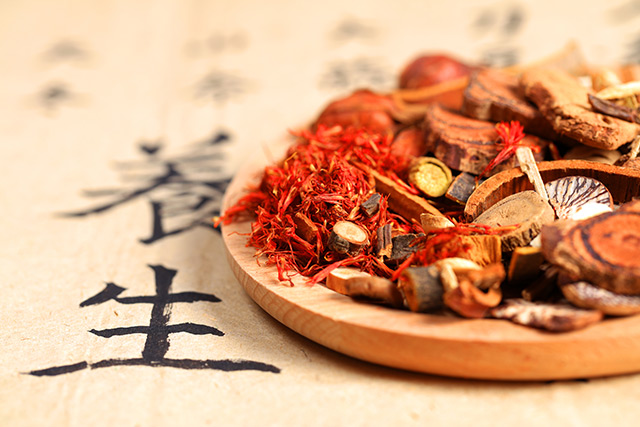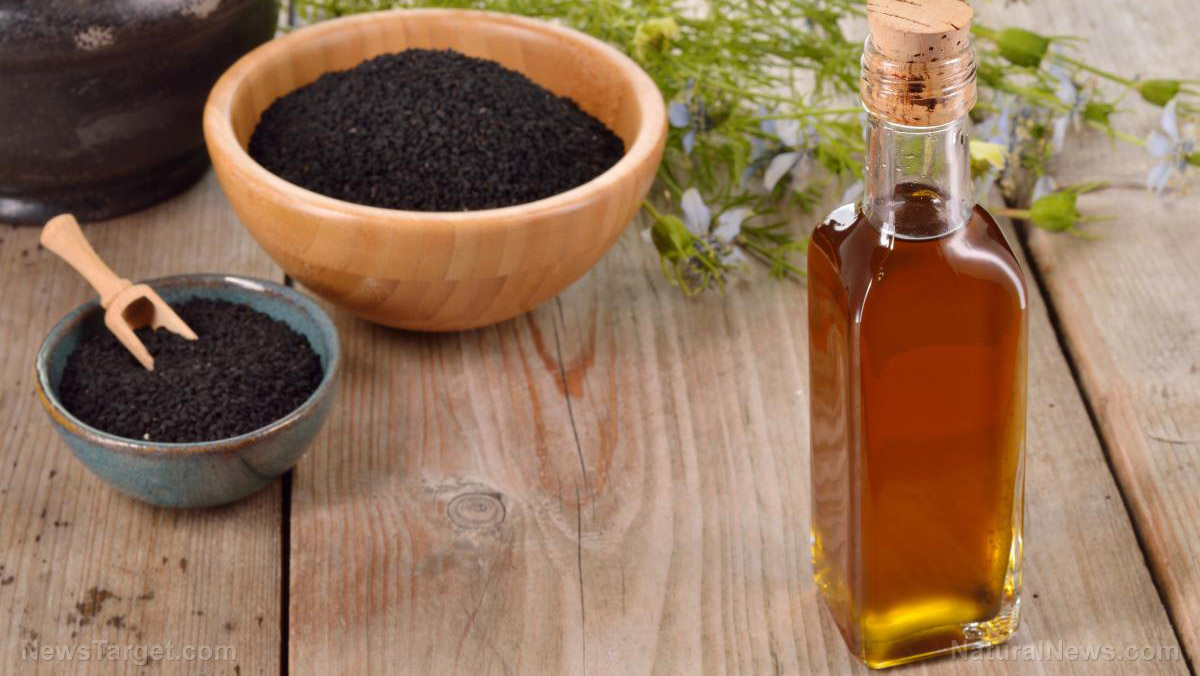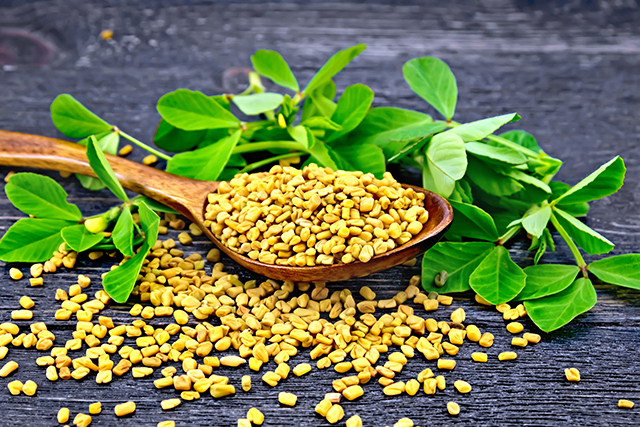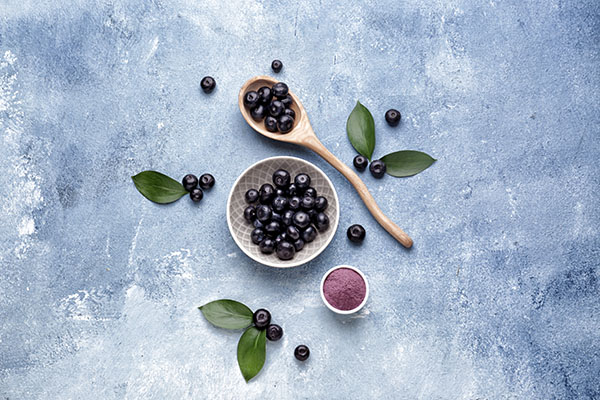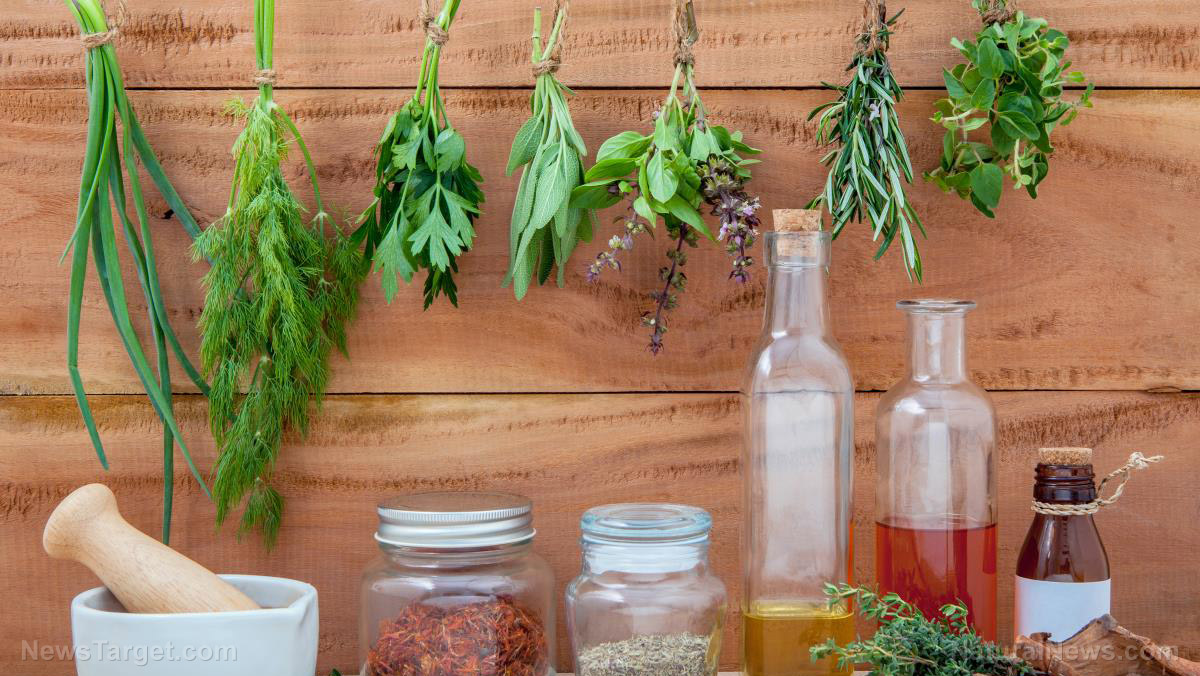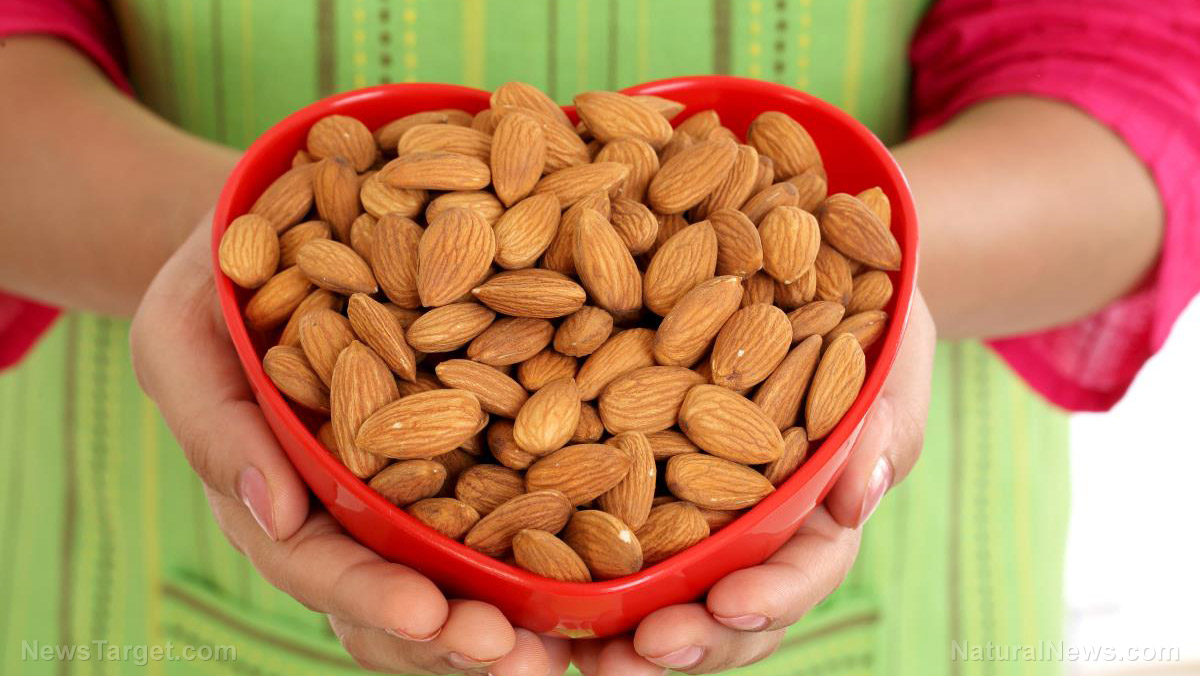Looking to improve your blood sugar and cholesterol levels? Try taking tamarind seed
04/07/2019 / By Michelle Simmons

The next time you eat tamarind (Tamarindus indica), save the seeds. A new study suggests that tamarind seeds can improve your blood sugar and cholesterol levels.
A team of researchers at the University of Malaya in Malaysia and King Abdulaziz University in Saudi Arabia looked at the effects of tamarind seeds on fat and carbohydrate metabolism in rats. Earlier studies have shown that tamarind can be used to reduce visceral fat accumulation, as well as lower high blood sugar and high blood cholesterol levels in rats. (Related: Tamarind: Fruits That Fight Cancer, Lower Cholesterol And Fight off cellulite.)
In the study, the research team fed three rat models — normal, hypertensive, and exposed to hyperglycemic conditions — with diets containing zero percent, two percent, four percent, and eight percent of tamarind seeds for four weeks. Then, they monitored the feeding and growth performance of the rats. They also took samples of liver from the rats to analyze for glycogen content. In addition, they took blood samples from the rats to measure cholesterol levels and glucose levels.
Based on the results of the experiments, the research team discovered that adding tamarind seeds to the diets affected the feeding and growth performance of rats. Diets containing four percent and eight percent of tamarind seeds reduced cholesterol levels in rats. Rats that received diets containing at least four percent of tamarind seeds showed lower blood sugar levels. In addition, the inclusion of tamarind seeds led to an increase of glycogen storage in the livers of rats on basal diet and high sucrose diet. Overall, these results suggest that tamarind seeds can lower levels of cholesterol and blood sugar, as well as improve glycogen storage.
From these findings, which were published in the Journal of Ayurveda and Integrative Medicine, the research team concluded that tamarind seeds may be useful in the treatment of people with high blood sugar and/or high blood cholesterol levels.
Tamarind seeds may also be used against the chikungunya virus
Tamarind seeds have also been found to possess antiviral properties. In a study, researchers at the Indian Institute of Technology (IIT), Roorkee discovered that a protein in tamarind seeds called lectin exhibited antiviral effects, which can potentially be used against the chikungunya virus. This virus is transmitted to people through the bite of an infected mosquito. People infected with the virus most commonly experience symptoms such as fever and joint pain. Some people also experience headache, joint swelling, muscle pain, or rash.
The findings of the study, which were published in the journal Virology revealed that lectin derived from tamarind seeds caused chikungunya virus to lose 64 percent of its infectivity. Treatment with lectin also caused about 45 percent reduction in the levels of viral RNA in the cells.
How to use tamarind seeds
Tamarind is found in India and tropical Africa. Most commonly, tamarind fruit is consumed, but in Asian and African cuisine, the seeds are also enjoyed. Here are some ways to prepare tamarind seeds:
Toast the seeds: You can enjoy tamarind seeds by toasting them. First, crack the shell of a tamarind pod, and separate the pulp and the seeds. For five minutes, toast the seeds in a pan over medium heat. Occasionally shake the pan to evenly roast the seeds. Let the seeds cool, then crack the outer shell with your teeth and remove the seeds. You may have to chew and suck on the seeds for a while before you can swallow them because they will still be very hard. Chewing on tamarind seeds is believed to help in digestion.
Use the seeds to make flour: You can also use tamarind seeds to make bread. Some cooks grind tamarind seeds into a fine flour and use it as the main ingredient in their bread, while others use the juice from the pulp and seeds as a liquid ingredient to bread made with rice and wheat flours.
Read more news stories and studies on natural cures like tamarind seeds by going to NaturalCures.news.
Sources include:
Submit a correction >>
Tagged Under:
alternative medicine, blood sugar, cholesterol, diabetes, food is medicine, foodcures, glucose, Glycogen, Herbs, high cholesterol, hypercholesteremia, hyperglycemia, natural cures, natural healing, natural medicine, natural remedies, remedies, research, Tamarind, tamarind seeds, Tamarindus indica
This article may contain statements that reflect the opinion of the author
RECENT NEWS & ARTICLES
Natural.News is a fact-based public education website published by Natural News Features, LLC.
All content copyright © 2018 by Natural News Features, LLC.
Contact Us with Tips or Corrections
All trademarks, registered trademarks and servicemarks mentioned on this site are the property of their respective owners.



